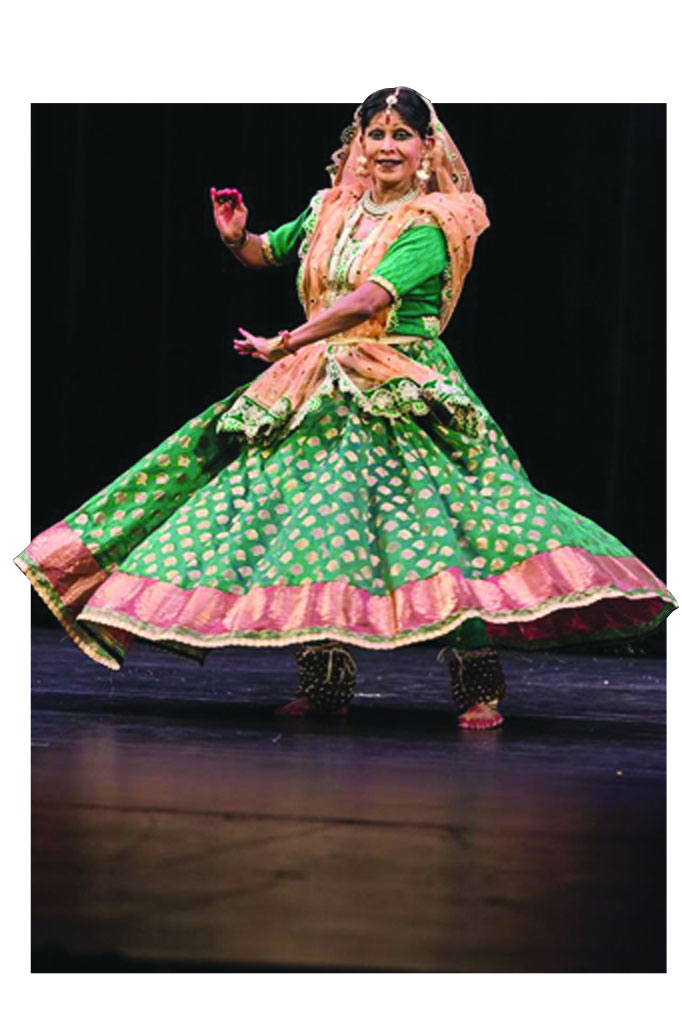Padma Shri Shovana Narayan talks to A Sarkar about how the guru-shishya parampara keeps the tradition alive
What is tradition? Yesterday’s innovation becomes today’s tradition. It is something that passes the test of time. There are 360 raag-raaginis but that wasn’t so right from the beginning. When an innovation passes the test of time it becomes tradition.
“Change is the only constant factor. It is part of the evolutionary process and creates new tradition,” says Shovana Narayan, a Padma Shri awardee and disciple of Birju Maharaj.
Historically, Kathak was the only form of Indian classical dance that was mentioned right from ancient times. In the Mauryan period, there is mention of it and there are sculptures showing the stance, churidar kurta, lehenga. “The continuity is there but the flow is the atma (soul). In my own lifetime, I have seen presentations differ from late 50s to now,” says she.
LalitArpan Festival, jointly conceptualised by Kathak maestro, Narayan, and Dr Jyotsna Suri and one of the most renowned tabla players, late Ustad Shafaat Ahmed Khan, is ongoing till today.
Asavari continues the Gurushishya parampara, which is one of the main reasons why classical Indian dances continue, according to Narayan. Historically, the disciple went to live with the guru like a boarding school but there’s no longer enough space and time, but, says Narayan, there are a few disciples who even with limited time and space imbibe the essence of the parampara.
“It’s not just about transference of skills or knowledge but more importantly of transmission of ethos and soul. Kathak is perpertuated, nourished and preserved because of the parampara. It’s not a bubble, it has stayed through ages because a handful of dedicated students take it forward,” she says.
When teaching, she knows from the intangible spark that a student has if they are dedicated or not. “Attention and the way the disciple is absorbing like a sponge, their mind and will to beautify further are telling signs. We don’t want xerox copies, we look for disciples who will enhance it with their own identity and beauty,” she says.
The latest edition of the festival is themed around the idea of Shakti and empowerment, a concept the danseuse espouses in all forms.
Women are torch bearers when it comes to preserving Indian classical dance. “Women have been great promoters and preservers. Since awakening and social renaissance took place in late 19th century onwards. they have been on the forefront and broken barriers. It used to be a strict no when women from good families wanted to learn classical dance and performing arts, but today they are the top gurus and are adding new dimensions to it,” says she.
As an individual deeply embed in the tradition of music and arts, she also recognises the need to preserve endangered arts like the Sarangi, Israaj, Rudraveena, players.
The women’s rights activist says that says that it is important for women to have inner will since all external opportunities, economic and social, will come to naught without an empowered mental attitude.
“Only then you can take advantage of the surrounding aspects to take you forward. You can have everything around but without inner strength it comes to naught,” she says.


























